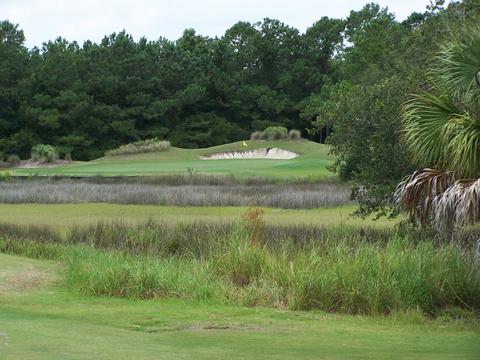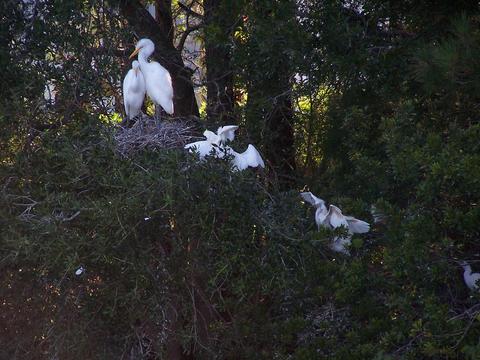
The marsh on Low Country golf courses looks peaceful enough, but danger lurks.
The Charleston National golf course, just east of its namesake city in South Carolina, is a solid Rees Jones layout whose hazards are mostly visible from tee to green. They include a large number of fairway and greenside traps, some of them positioned to snare your wayward shot and make you pay, but others almost a saving grace. That is because they often separate your errant ball from the worse fate of the adjacent marshland. Charleston National has plenty of marshland, and once your ball enters the muck and mire of that terrain, it is lost forever.
Should you enter the muck and mire yourself, you might be lost forever as well. Although the Low Country marsh is home to many docile and exotic birds, such as the majestic Great Blue Heron and elegant snowy egret, it also hosts more territorial animals who don't appreciate home invasions, alligators and poisonous snakes chief among them. When playing golf in the Low Country, it is wise to heed all warning signs. Gators especially do not usually venture near fairways and greens, but snakes can be slightly more adventurous. Playing golf at a place like Charleston National gives added meaning to the term "keep your head down."
























